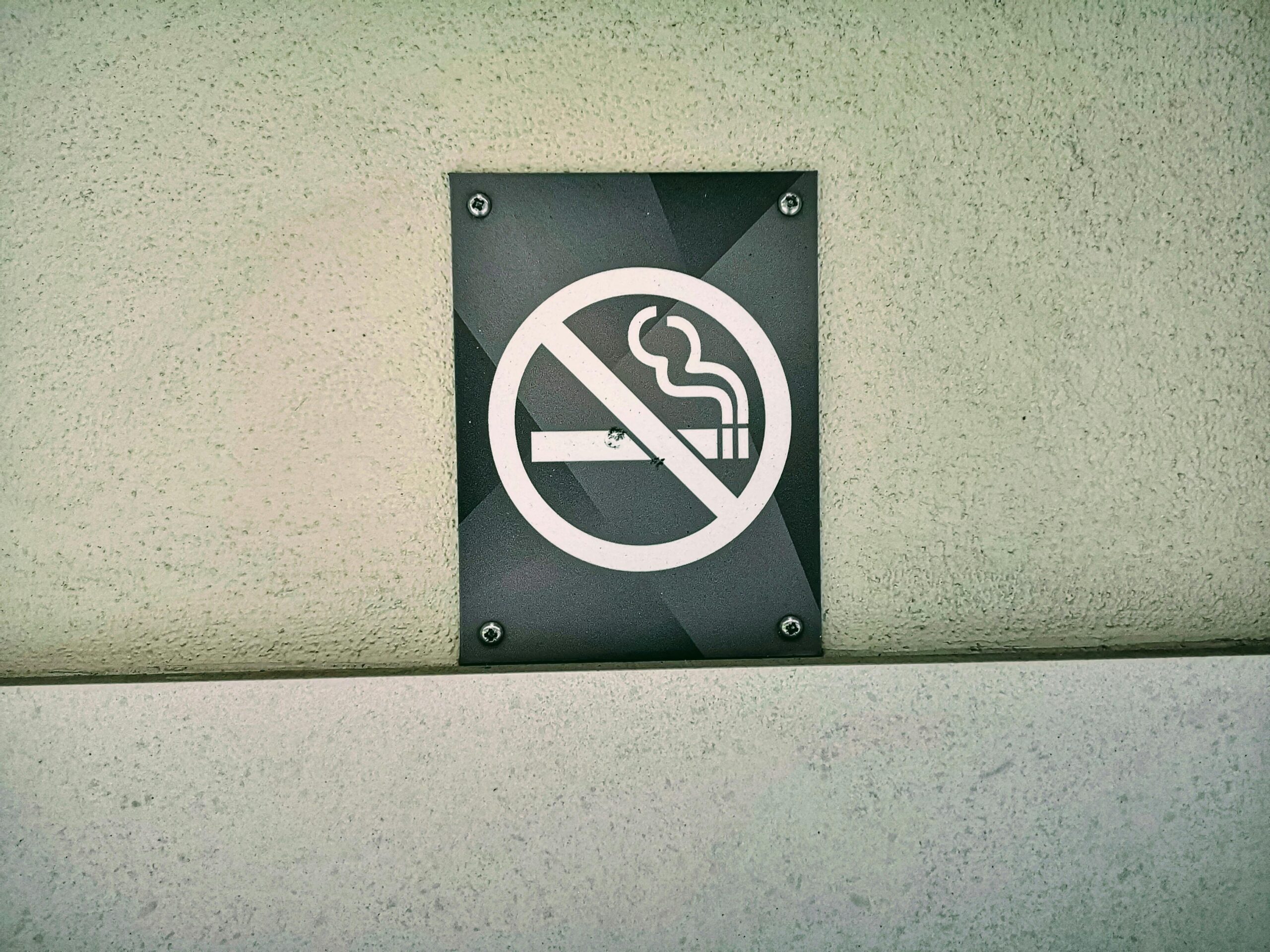What is vaping and how can it affect me?
Learn about how vaping can really affect you or your friends in this article.


What is vaping
Vaping in the use of an electronic device to inhale vapour derived from a heated liquid. The main ingredients are vegetable glycerine and propylene glycol, but most also contain nicotine in small amounts as well as additional flavourings.
There are a variety of vape devices (also known as e-cigarettes) including:
-
- Vape bars shaped like a highlighter pen (usually single-use but sometime rechargeable and refillable)
- Compact pod devices shaped like a flash drive or pebble (these can also be disposable or refillable)
- Vape pens with a tank that you refill and recharge
- “Cigalikes” designed to look like a cigarette (either disposable or rechargeable and refillable)
The law and vaping
Vapes and vaping products containing nicotine, like tobacco, are age restricted. It’s illegal to sell them to under 18’s, and for adults to buy them on their behalf.
What is the difference between vaping and smoking?
Smoking is much more harmful than vaping. Tobacco smoke contains 7000 chemicals including carbon monoxide and tar which can cause disease, disability and early death. Smoking also delivers nicotine to the brain, which makes it highly addictive. Cravings for nicotine among those addicted can make people feel stressed, restless, irritable and unable to concentrate. Nicotine vapes help smokers quit by replacing some of the nicotine they used to get from cigarettes and also mimicking the hand to mouth movement of smoking.
They are not licensed as medicines but are proven effective and have become the most popular quitting aid for smokers in recent years. However, vapes are not recommended to non-smokers, particularly children.
What are the concerns?
Vapes are not harmless, short-term effects include coughing, headaches, dizziness and sore throats. More research is needed to understand how long-term vaping can affect the lungs and overall health.
Vapes/E-Cigarettes should only be used to help you stop smoking, or to stop you going back to tobacco. Most e-cigarettes contain nicotine, which is addictive. General advice is: Don’t smoke? Don’t start to vape.
How to stop?
People often move to vaping as a way of quitting cigarettes, but what if you want to quit vaping? See some tips below
1. Replace your e-cigarette
Some people find having something in their hands that can replicate a vape can replace the sensation of holding and using an e-cigarette. Holding a pencil, stress ball, or fidget toy may help.
2. Set a date
Setting a date can help you work towards a goal and give you a sense of control. Be realistic but firm when setting your date, so it is achievable without it feeling like it is taking too long to achieve. Each person is different in how they react to changing a habit, so make a timeline that works for you.
3. Set rules and boundaries
- If you are using e- liquid with nicotine in it, gradually reduce the amount you are consuming.
- Extend the time between vaping.
- Set rules for yourself about where or when you do and don’t vape, for example: only outside of the home in the evening.
See this site that can help you build your own plan and learn more about how to quit vaping.

Find out more!
- Find help on how to stop smoking on Smokefree Sheffield
- Find out more about what Local Authorities respond to vaping
- NHS gives advice on how to get better health and quit smoking
- Read this information to find out how e-cigarettes affect young people in the uk
- Get a deeper undertanding on what a vape is
- Find out more about school vaping policies
- Find out from the Gov.Uk website about how nicotine has affected the country.
Related

I want some ideas to get moving!
[rt_reading_time...

How to start running for the first time
[rt_reading_time...
